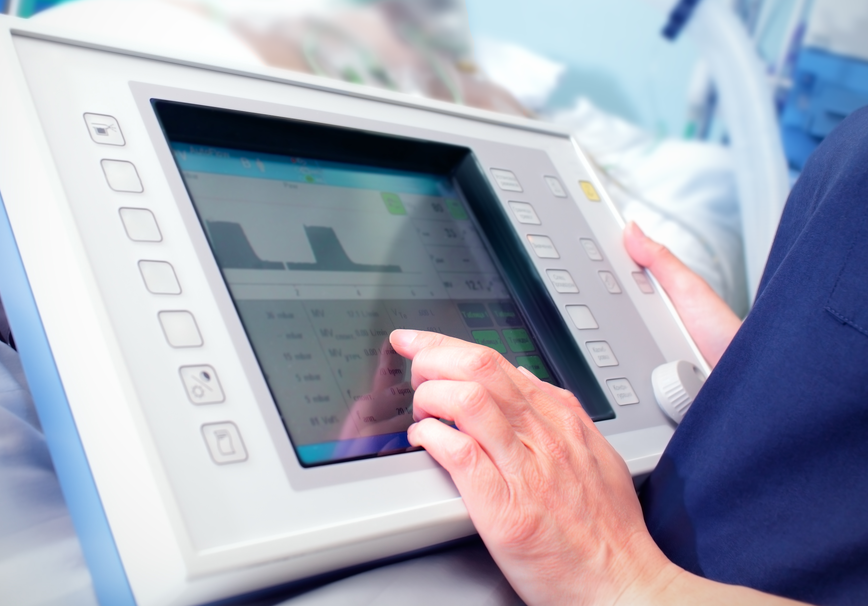Can you combine Human Factors and clinical testing successfully?

Due to perceptions around cost and time savings, medical device and combination product manufacturers frequently consider the option to combine human factors testing with clinical (or pre-clinical) testing. Denise Forkey, UserWise Human Factors Specialist, recently presented on this topic at the 4th Annual Human Factors Excellence for Medical Device Design in Minneapolis where the conference focused on Advancing Human Factors Strategies and Usability Testing to Enhance User Experience and Safety.
By analyzing the overarching intent of each form of testing, it becomes apparent that while they both focus on safety, they ultimately have different end goals:
In clinical testing, variables such as physiological response or ultimate patient outcome are examined assuming that the variable of human behavior is isolated. In fact, many times during clinical and pre-clinical studies, clinical research assistants may answer questions about product use and offer support to clinicians during a study to ensure the variable of the user’s human behavior remains isolated. This sort of interaction could negatively impact data being collected for human factors endpoints.
UserWise has identified a few situations where clinical testing and human factors testing can be leveraged successfully without negatively impacting the necessary human factors study endpoints. With careful planning and execution, these synergies ultimately can produce cost savings for the manufacturer.
One example where synergy can be found between clinical testing and human factors is having a human factors representative attend an early pre-clinical study where a user is evaluating early medical device prototypes. Information about the product’s workflow, use environment, interfacing equipment, and user can be successfully gathered in this scenario. The user can be interviewed after the evaluation to learn more about potential use errors and use problems to help inform the use-related risk analysis. Useful human factors information can be collected without negatively impacting the clinical testing endpoints.
Additional synergies do exist but need to be well thought through with careful preparation to minimize any negative impact to either of the study endpoints. Over the years, UserWise has had the opportunity to work with medical device and combination product developers to assess whether combining efforts is the best use of resources and to implement best practices for optimizing the study outcomes when synergies are found.
For more information on UserWise’s lessons learned and best practices for synergies between human factors and clinical testing, see the full article in the Proceedings of the International Symposium on Human Factors and Ergonomics in Healthcare.
UserWise is happy to help you identify the best strategy for ensuring human factors testing endpoints are met in an efficient manner and determining if combining efforts of your different testing programs is the best option for your company. Contact us today to learn more.
︎ Denise Forkey | September 24, 2018
By analyzing the overarching intent of each form of testing, it becomes apparent that while they both focus on safety, they ultimately have different end goals:
-
Human Factors Testing seeks to answer the question, “What could potentially happen clinically when the device is used imperfectly?”
- Clinical Testing seeks to answer the question, “What happens clinically when the device is used perfectly?”
In clinical testing, variables such as physiological response or ultimate patient outcome are examined assuming that the variable of human behavior is isolated. In fact, many times during clinical and pre-clinical studies, clinical research assistants may answer questions about product use and offer support to clinicians during a study to ensure the variable of the user’s human behavior remains isolated. This sort of interaction could negatively impact data being collected for human factors endpoints.
UserWise has identified a few situations where clinical testing and human factors testing can be leveraged successfully without negatively impacting the necessary human factors study endpoints. With careful planning and execution, these synergies ultimately can produce cost savings for the manufacturer.
One example where synergy can be found between clinical testing and human factors is having a human factors representative attend an early pre-clinical study where a user is evaluating early medical device prototypes. Information about the product’s workflow, use environment, interfacing equipment, and user can be successfully gathered in this scenario. The user can be interviewed after the evaluation to learn more about potential use errors and use problems to help inform the use-related risk analysis. Useful human factors information can be collected without negatively impacting the clinical testing endpoints.
Additional synergies do exist but need to be well thought through with careful preparation to minimize any negative impact to either of the study endpoints. Over the years, UserWise has had the opportunity to work with medical device and combination product developers to assess whether combining efforts is the best use of resources and to implement best practices for optimizing the study outcomes when synergies are found.
For more information on UserWise’s lessons learned and best practices for synergies between human factors and clinical testing, see the full article in the Proceedings of the International Symposium on Human Factors and Ergonomics in Healthcare.
UserWise is happy to help you identify the best strategy for ensuring human factors testing endpoints are met in an efficient manner and determining if combining efforts of your different testing programs is the best option for your company. Contact us today to learn more.
︎ Denise Forkey | September 24, 2018
Related Posts


